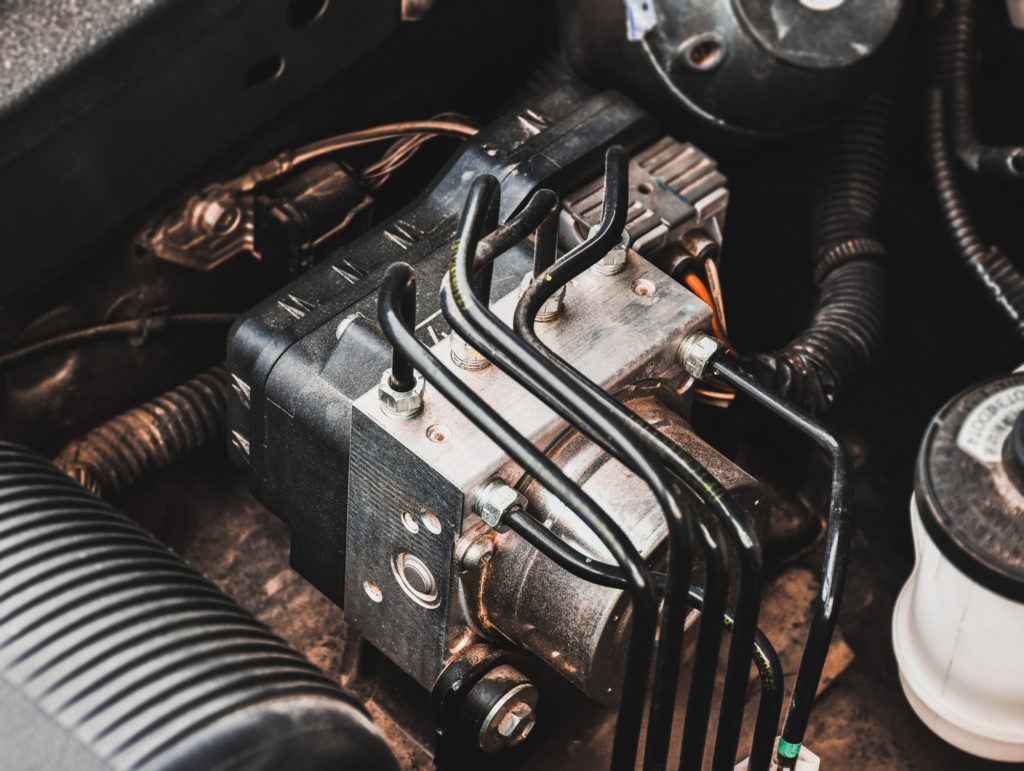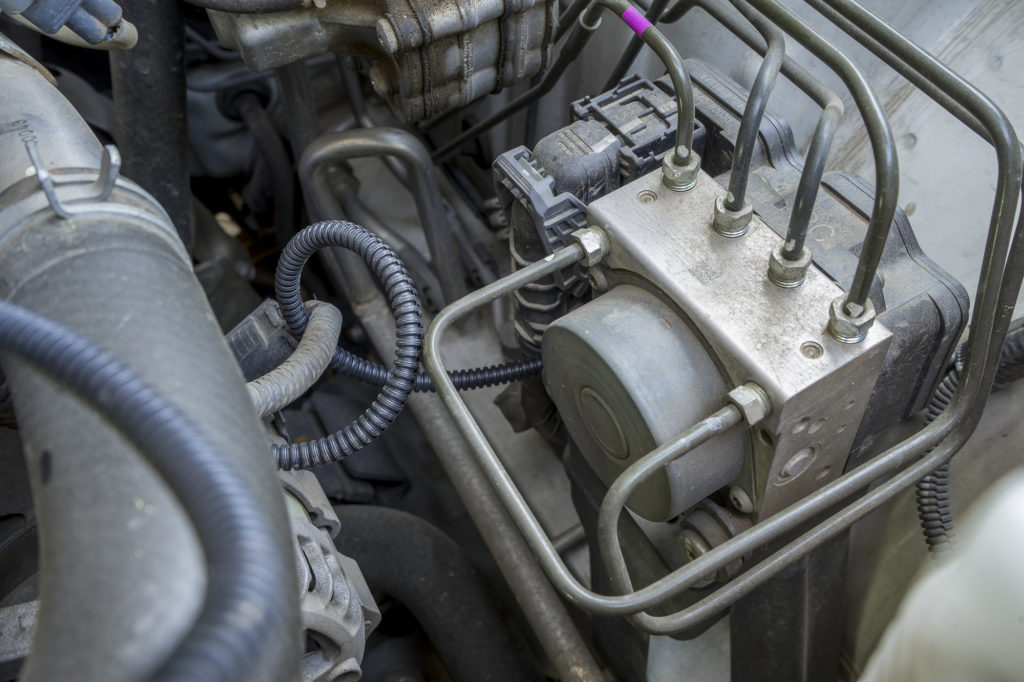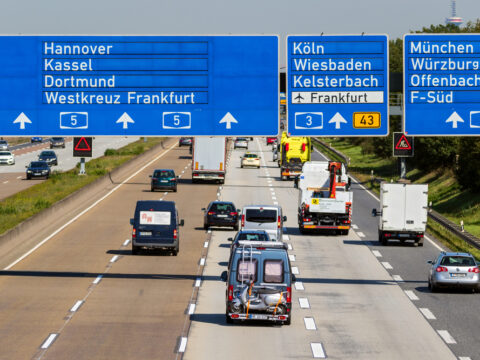Bleeding an anti-lock braking system using a scan tool is quick and easy, but what if you don’t have a scan tool? This guide will take you through everything you need to know about how to bleed an ABS module without a scan tool, why you need to bleed an ABS module, and when to do it.

Contents
Why does an ABS module need bleeding?
Air in your ABS brake will cause the brake pedal to feel spongy, and the air will have to be compressed before the pressure is applied to the brakes. Bleeding an ABS module will help to remove the air in the system, making your brake system more responsive.
Can you bleed ABS brakes without a scan tool?
If your vehicle is equipped with a bleeder, it is possible to bleed abs brakes without a scan. Our step-by-step guide below will provide you with all the information you need on how to bleed the ABS module without a scan tool. If you do have a scan tool, it will generally be easier to bleed your ABS module.
How to bleed an ABS module without a scan tool?
Manually bleeding the ABS module is a relatively straightforward task. However, it can be time-consuming as each wheel will have to be bled individually.
Tools/equipment needed
- Car Stands
- Car Jack
- Jack Baster
- Wrench
- Hammer
- Clean Rags
- Empty Bottle
- Syringe
- Plastic Tube
- Protective Gloves
- Protective Goggles
- Brake Fluid
- Drip Pan
Step 1
The first step in bleeding your ABS system without a scan tool is preparing the vehicle so you can safely work on it. The car should be parked on a level surface, and you should ensure you have adequate ventilation and lighting. The parking brake should be applied, and the car should be left in gear.
Step 2
Using the jack, the car should be lifted and the four wheels removed so you can reach the bleeders.
Step 3
Under the car’s hood, you will find the brake fluid reservoir. Completely drain this. Use your rags to wipe the container.
Step 4
Remove the dust cap from the brake caliper’s bleeding port. Then use the correct wrench to loosen the bleeding port rather than completely removing it. Connect your bleeder to the bleeding port using a tube that feeds into a bottle as the process takes place.
Step 5
If possible, ask someone to pump the brake by hand continuously. This helps to push the air and brake fluid towards the bleeder. Constantly check the master cylinder to ensure it isn’t empty. Add more oil when it gets to around the halfway point to ensure you don’t get new air bubbles.
Step 6
After you finish and have tightened the bleeding bold, ask the person that is pumping the brake pedal to continue until it feels firm. Repeat this process for each wheel.
Step 7
After completing the entire process on all wheels, continue to pump the brakes to check for leaks. After this, you should use fresh fluid to refill the master cylinder and reattach the wheels. Test driving the vehicle in a controlled or quiet environment is then advised to ensure your ABS is working correctly.

Symptoms of air in ABS module
Your car’s ABS helps to prevent your wheels from locking and restores traction to your tires. A failing or compromised ABS system can be extremely dangerous, so knowing what to look for is vital for road safety.
Here are some symptoms that can mean there is an issue with your ABS. If you notice any of these when driving your vehicle, it is important that you either investigate the cause if you have the experience or take it to a qualified mechanic to check.
ABS warning light goes off
Many modern cars will have sensors to let you know if there are any issues with your ABS. Cars that don’t have a dedicated ABS light might signal a fault via the check engine light.
Your brakes are not responsive
Unresponsive brakes can be a symptom of a number of issues. If you notice your brake system becoming unresponsive and have to press harder for them to work, it is a sign that all is not right, and you should get them checked by a mechanic as soon as possible.
Speedometer fails
Though this is not as common, a speedometer that stops working can be a sign that something is wrong with your ABS, especially if the car is showing other symptoms. The sensors used to read your speed are on your wheels, as are the sensors for your ABS.
Your speedometer not working might be completely unrelated, so checking for other symptoms or speaking with a mechanic should help.
Your car starts to slide when braking
Your ABS helps to stop your wheels from locking, causing the car to slide. If you notice the car sliding when you brake, this is a sign that your ABS is not working. This should be examined by a mechanic as soon as possible.
You can hear grinding sounds when braking
Grinding noises can be a symptom of your ABS failing and other issues with the gear or modulator, so getting your vehicle checked will help diagnose what is causing the noise either way.
What if ABS brakes won’t bleed?
There are a number of reasons why your ABS won’t bleed. One being the bleeder screws are rusted in place. If this is the case, you can attempt to release them by carefully applying heat, drilling them out, or using an impact wrench. If you can’t move them, you may need to replace the brake caliper.
If nothing comes out when you open the screw, there might be too much air in the system, or your reserve fluid level is too low. Opening and closing the screw while someone pushes up and down on the brake at your instruction is one way to get the air out gradually.
If you have no luck with this, you might want to consider consulting a professional mechanic who might have experience in dealing with situations like this.














